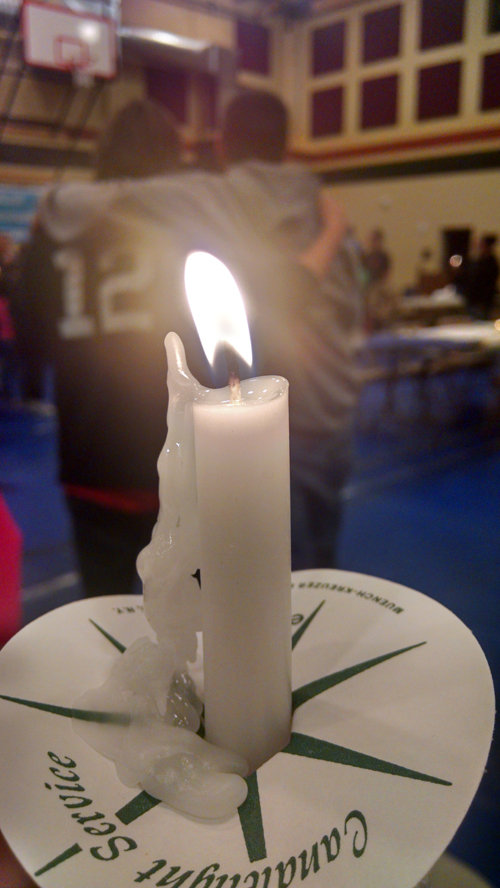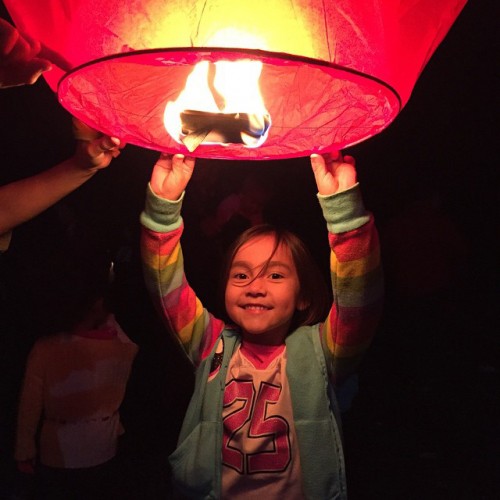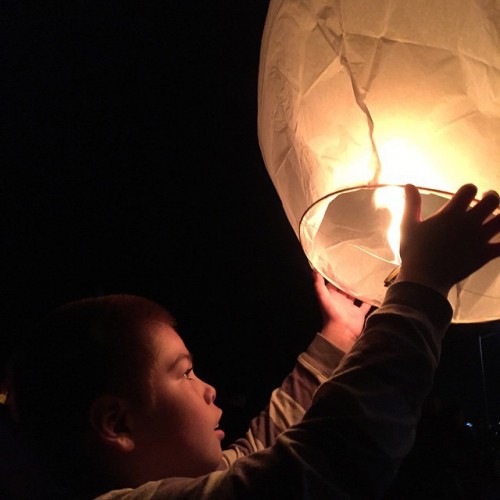A funding system that routes money through a bureaucratic maze with more than a dozen checkpoints before it arrives at its destination – tribal governments – is one of the obstacles Indian country faces in its quest for self-governance, the head of the Bureau of Indian Affairs said at the National Congress of American Indians annual meeting.
“Rube Goldberghimself couldn’t have come out with a more complicated system!” Assistant Secretary – Indian Affairs Kevin K. Washburn said, showing the amused audience a mind-boggling, arrow-marked illustration of how the funds flow. Washburn spoke to a full crowd packed into the General Assembly hall at the Hyatt Regency in Atlanta where the NCAI held its 71stannual Convention & Marketplace October 26-31.

The theme of this year’s NCAImeeting was “Tribal Governance for the Next Generation.” With that theme in mind. Brian Cladoosby, NCAI president and chair of the Swinomish Indian Tribal Community, encouraged NCAI member tribes “to remember the guidance of the generations that came before us while we move forward to continue to build a strong future to the generations to come.”
Washburn was among dozens of dignitaries – tribal leaders and federal government officials, including Interior Department Secretary Sally Jewell – who spoke at the convention. The convention’s theme prompted him to review what’s been done so far under the Obama administration to advance tribal governance and what remains to be done.
“We’re coming up on the fourth quarter,” Washburn said, referring to the last two years of the Obama administration that will end in 2016. “And it hasn’t been all victories, we’ve had some setbacks.” The top setback has been the failure so far to fix the Supreme Court’s devastating ruling in Carcieri v Salazar,which has hampered efforts to take land into trust for tribes.
“But what I’d like to do in the fourth quarter is really run up the score. We have to join together and work together to do that and NCAI is our best partner in doing that because it’s our best way of getting to tribes,” Washburn said.

Among recent victories Washburn cited the Violence Against Women Act, the Tribal Law and Order Actand the HEARTH Act.
Other achievements include the vastly improved consultation policy, copy3 million in technical assistance grants to 75 different tribes to move forward with energy projects and the settlement of over 80 lawsuits in addition to the Cobell settlement and several water rights cases. A major victory is the growing masses of land the BIA has taken into trust for tribes, despite the Carcieri ruling, Washburn said. “We’re restoring thousands of acres and literally hundreds of square miles to Indian country and that’s an important foundation for tribal governments for the next generation because land … is where a tribe’s sovereignty is the strongest.”
All of these advances have resulted in a little-known consequence that also advances tribal self-governance – the BIA’s reduced workforce from around 17,000 employees in 1981 to around 7,500 employees today. So where’d they all go? “They went to Indian country jobs,” said Washburn. “These jobs are being done better by tribal governments than they were by the federal government. They’re being done in Indian country and the people doing them are accountable to tribal governments.”
But in terms of moving tribal self-governance forward for the next generation, “we’ve got a lot of challenges,” Washburn said. Many of them have to do with how programs are funded. Several laws enacted over the years to encourage and improve tribal self-governance – the 1975 Indian Self Determination and Education Assistance Act; the 1988 tribal schools act; the Self-Government Demonstration Project Act, the Indian Employment, Training and Related Services Demonstration Act of 1992and others – have different funding requirements. And then there’s the money flow chart, which came to light when Washburn started asking why it took so long to get contract support funding out to the tribes.
“So what we have to some degree is disjointed programs and a lack of coordination between agencies sometimes,” Washburn said. “We must improve this!”
Washburn took ownership of the problem – “This is all on me,” he said – and informed the NCAI assembly that he is working with Deputy Assistant Secretary for Management Tommy Thompson to fix the problem. “We have got to get the money out to tribes quickly so that tribes can use that money when it’s needed. We’re trying!” he said. The audience gave him a standing round of applause.
Read more at http://indiancountrytodaymedianetwork.com/2014/11/14/bias-funding-maze-hampers-tribal-self-governance-157840





















